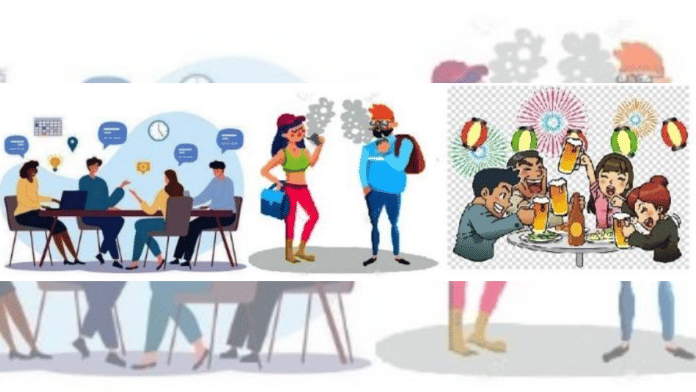Thank you dear subscribers, we are overwhelmed with your response.
Your Turn is a unique section from ThePrint featuring points of view from its subscribers. If you are a subscriber, have a point of view, please send it to us. If not, do subscribe here: https://theprint.in/
The origin of South Indian culture is considered to be thousands of years old, with evidence of civilization dating back to at least the Iron Age (around 1200 BC). The Sangam poems were written in Tamil around 2,000 years ago, making South Indian culture one of the oldest in the world.
The essence of Divine Book Thirukkural, written by Saint Thiruvalluvar, is deeply embedded in South Indian culture, particularly Tamil culture, as it is a collection of timeless ethical and philosophical teachings, written in Tamil couplets, that guides various aspects of life like love, governance, and spirituality, with strong importance on values like non-violence, truthfulness, and empathy, making it a cornerstone of Tamil identity and widely revered across South India; often referred to as the “Tamil Veda” due to its thoughtful impact on the region’s moral compass.
Thirukkural has also covered various social and political topics, including chapters on friendship, love, sexual unions, and domestic life.
South Indian culture includes a harmonious blend of cultural inheritance and modern dynamism. Various parts of South India include Tamilnadu, Andhra Pradesh, Telangana, Kerala, Karnataka, Puducherry, etc. Various cultural aspects included, like art, architecture, music, dance, etc. A sense of richness was there in the culture, with ancient temples adorned with sculptures that narrate the story of gods and goddesses. The classical dance also finds its origin here. Along with it, music also echoes deeply in South India. South India’s cultural heritage is evidence of the enduring legacy of its people, their reverence for tradition, and their ability to blend the past with the present seamlessly.
South Indian people are more deeply rooted and connected to their culture than people from North India. This may be because North India has been subjected to various religious invaders throughout the past, while a major part of the South remains unconquered for the most part. Both South India and North India have rich histories and are home to ancient civilizations and empires. They have made enormous contributions to the field of historical and cultural heritage.
Though the IT industry has significantly boosted South India’s economy, in recent decades, some argue that its rapid growth has negatively impacted certain aspects of South Indian culture by causing a shift towards a more Westernized lifestyle, increased emphasis on English language proficiency at the expense of local languages, and a potential dilution of traditional values/practices, particularly among younger generations, due to fast-paced urban living, particularly in major IT hubs like Bangalore, Chennai and Hyderabad. The ease with and extent to which girls and boys mix, the disco bars, the drinking and merry-making, and the coffee joints with hookahs are all glared upon as being against Indian morality.
The culture of every country begins at the native level. The formation and development of social and cultural institutions like family, wedding, kinship, etc., begin their voyage on the basis of geography. Geography not only helps in the evolution of native cultures but also in the adaptation of foreign cultures into native ones.
Indians now celebrate a wide variety of festivals cutting across religious lines. Special attention has been focused on Valentine’s Day, New Year’s Eve, Halloween, Christmas, and other festivals that are considered to be unfamiliar to India. The demanding nature of IT jobs can sometimes lead to a neglect of family and community traditions due to long working hours. However, it’s important to note that the IT boom has brought significant economic development to South India, improving living standards for many people.
Conclusion
We live in a global world, and the South Indian culture is spread all over the world, wherever South Indians live. The current upward growth of India in the world economy makes the osmosis of cultural aspects unavoidable. There are many aspects of South India that the Western world is adapting. Similarly, Indians are taken from many foreign countries.
Despite concerns, there are also initiatives to preserve and promote South Indian culture through various cultural organizations and festivals. Presently, Westerners have discovered the significance of South Indian Culture and started adopting the same in their life, like getting patents for South Indian Traditional techniques & methodologies, like Using Cow urine, adopting Yoga practices in their life, adopting Abstinence from food, etc., Indians have also started understanding the importance of Indian Culture and values from the Westerners.
The South Indian culture does not take the place of another value but rather adds to it. Good aspects from various cultures are added to the already heady mix, catering to a hitherto unexplored taste. The valuable ones will be retained and consolidated. This is a process of continuous evolution. It will also make the South Indian culture richer and livelier.
These pieces are being published as they have been received – they have not been edited/fact-checked by ThePrint.


